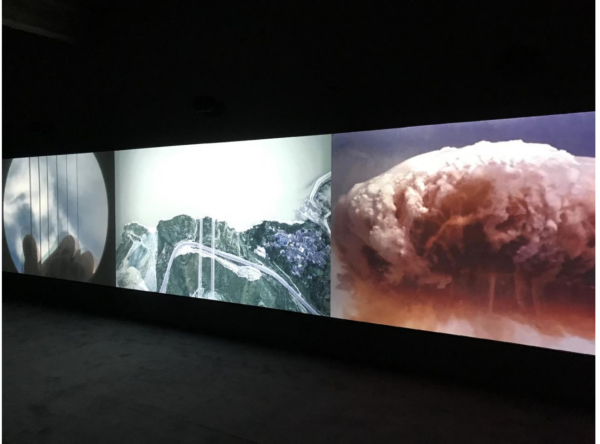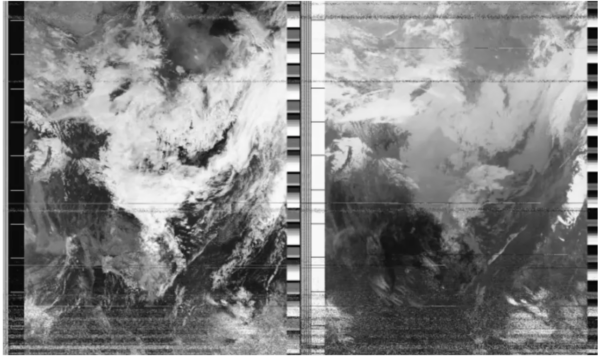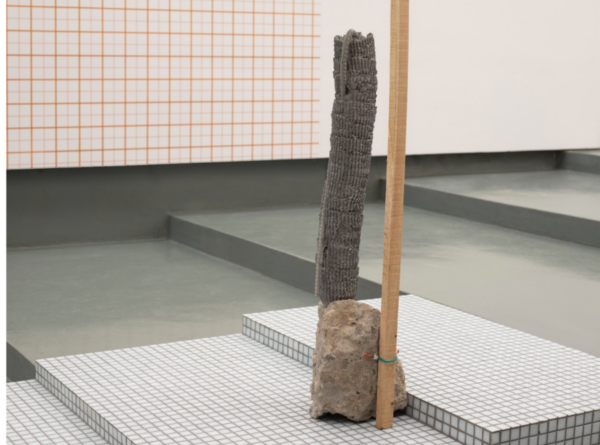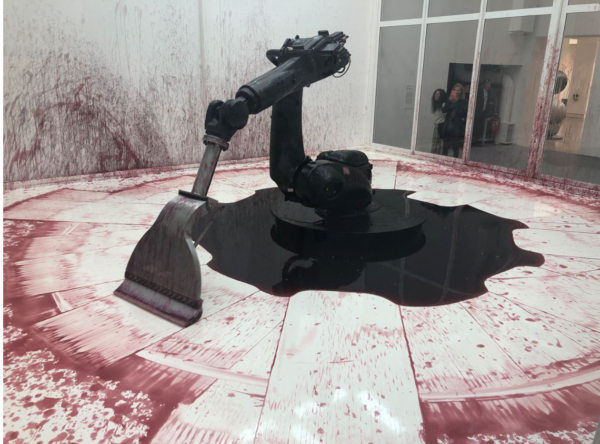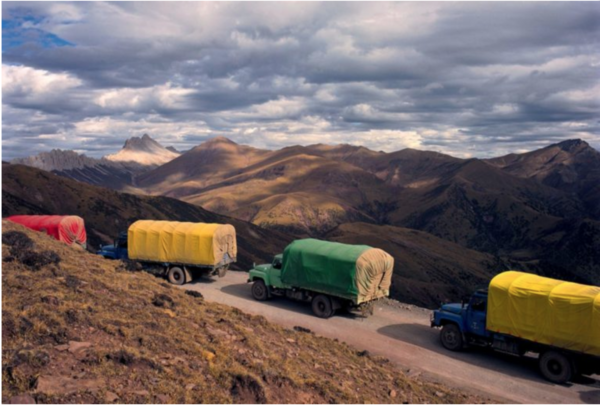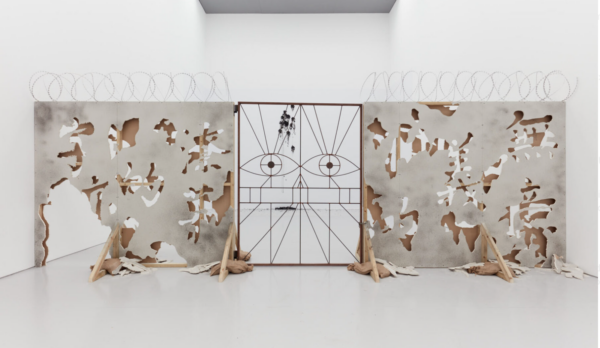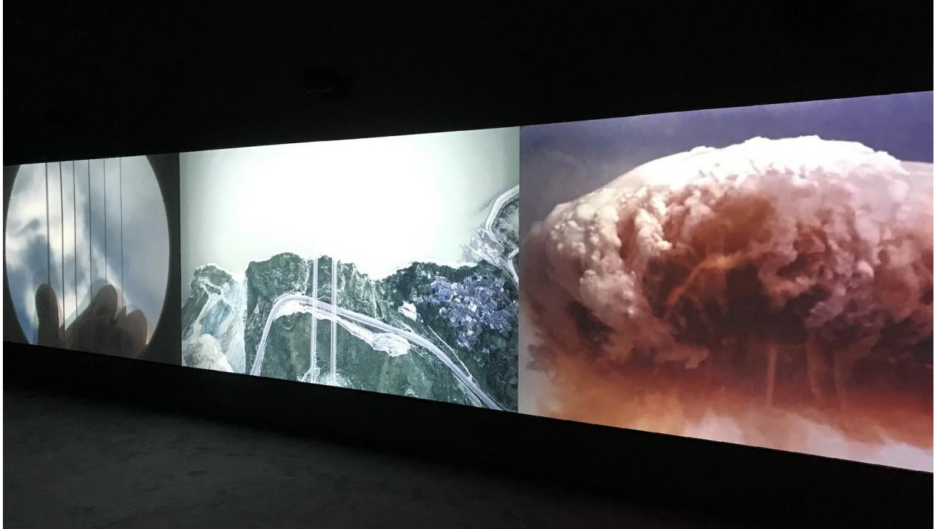Since the ‘open door’ economic reforms beginning in 1978, the scale and speed of The People’s Republic of China’s infrastructural development and expansion has been nothing short of spectacular. No other country in the world has poured as much capital, concrete and steel into the material construction of mega-cities, mega-bridges, mega-ports, high-speed railways and power grids, as well as immaterial networks of wireless and satellite communications technologies; nor attempted to extend its influence across the globe through strategic infrastructural investments spanning the historic overland and maritime Silk Roads, the African continent, South Pacific and the Caribbean. These developments have no doubt fed into long-standing anxieties centred on the technological, ecological and geopolitical impact of China’s rise, and led to feverish speculation on what a future new world order ‘with Chinese characteristics’ might entail.
This course examines how Chinese and Sinophone artists have sought to engage with the politics, poetics and aesthetics of infrastructure from the mid-20th century to the present day, offering more nuanced and ambivalent approaches to the complex entanglements between infrastructural form and social relations. It draws from the growing body of inter-disciplinary scholarship that conceives of infrastructure in terms of what Nikhil Anand calls ‘socio-material assemblages’ – material and immaterial systems and networks that are planned and built for the future but are always at the risk of breaking down; thus emblematising the shifting and inherently unstable relationship between bodies and things in the world, both human and non-human.
Focusing on a diverse range of Chinese and Sinophone practices across a variety of media, we look at work that seeks to document, interrogate and come to terms with the infrastructural imaginary – from the subterranean to the extra-terrestrial, the concrete and virtual, the futuristic and ruined, historical and speculative. We focus on works that deal with the environmental impact of infrastructural ambitions, the histories of colonial entanglements and neo-colonial formations, and those that question the role of technology in shaping the visible and invisible structures of power that undergird our experience of everyday life. Although the course centres on China as the ‘paradigmatic infrastructural state’, we also explore the work of artists from across the world who share similar concerns.
The course usually includes a study trip abroad pending Covid restrictions. The course welcomes a diverse range of students from all backgrounds who are interested in engaging with questions of infrastructure, globalisation, geo-politics, ecology, technology and speculative futures; but is especially suitable for those who are interested in exploring these themes through case studies centred on the art and visual culture of China and the Sinophone world in the modern and contemporary period. A knowledge of the Chinese language is desirable, but not advantageous.
Course leader: Dr Wenny Teo
In the event that a course leader is on sabbatical, takes up a fellowship, or otherwise is not able to teach the course, they will be replaced by another experienced course leader either for a semester or, in some cases, the academic year.
Please note: whilst many Special Options will include site visits within the UK and further afield, these are subject to confirmation.
